Xuan Minh Agricultural Services and Rural Development Cooperative (Xuan Lap commune) produces tray seedlings for crop production.
Implementing the restructuring of crop varieties to adapt to climate change, in Thieu Trung commune, Thieu Vien Agricultural Service Cooperative has introduced Japanese rice variety - Japonica (J02) according to VietGAP standards. This is one of the 10 best quality varieties today with many outstanding advantages such as: strong plants, strong tillering, good lodging resistance, cold tolerance, strong, good resistance to pests and diseases and good resistance to leaf rust, especially in the crop season. Along with that, the Cooperative has signed contracts with enterprises to transfer advanced science and technology, provide seeds, pesticides and purchase all products so that people can feel secure and boldly invest in production. Ms. Nguyen Thi Tuoi, a local farmer, said: “During the cultivation process, the cooperative has guided and supported us in accessing modern, safe planting and care techniques that protect the health of producers and the environment. The entire production process is strictly controlled by the cooperative from sowing, care, harvesting to processing, along with the packaging and post-harvest preservation process. Although production according to VietGAP standards must strictly follow the cultivation process, it brings economic efficiency 1.3 times higher than the old rice variety”. It is known that in addition to the J02 rice variety, the commune has focused on directing and guiding people to focus on increasing the proportion of high-quality rice, mainly with short-term varieties that are resistant to bacterial leaf blight such as Dai Thom 8, TBR 97, Thien Uu 8... In addition, priority is given to growing suitable vegetables within the seasonal framework, with a stable consumption market and high economic efficiency.
With the development of livestock herds, many localities with large livestock herds have proactively converted low-yield corn growing areas to biomass corn growing or linked with green feed production enterprises to serve livestock farming. To achieve quality corn, people can use stalks, leaves, and cobs for livestock to eat directly or make silage, pellets, etc. People should apply fertilizer early, in sufficient quantity and balance, and prevent pests and diseases promptly, especially fall armyworms throughout the growth stage. With some common advantages such as very fast growth, less susceptible to pests and diseases, good resistance, high yield and rich in nutrients... some biomass corn varieties have been prioritized by people for planting, such as: PSC747, VS36, DK6919, P4131, NK7328... Mr. Trinh Dang Hop, a resident of Quy Loc commune said: "The biomass corn variety SSC586 has a short growing period, usually from 25 to 35 days, can be grown 3 to 4 crops/year; the plants are large and strong, the stems are hard, have few pests and diseases, and are adaptable to soil conditions and the farming level of local people".
In the 2025 autumn-winter crop, the whole province strives to plant 152 hectares. Identifying varieties as one of the leading factors affecting crop yield and quality, the Department of Cultivation and Plant Protection has built a structure of key rice varieties for autumn-winter crop production in the province. In particular, for early-season rice tea, depending on the soil, use rice varieties with a growing period of less than 105 days to 125 days, such as: TBR97, TBR87, TBR225, Bac Thinh, Thien Uu 8, Dai Thom 8, Huong Binh, Thanh Huong, ADI 28, Hat Ngoc 9... For main-season rice tea, use rice varieties with a growing period of less than 135 days, such as: BC15, ND502, Q5, VT404, Thai Xuyen 111, Phuc Thai 168, Thuy Huong 308... and glutinous rice varieties: Nep Huong, Nep Thom 86, Nep Co Tien, Nep 98... For late-season rice tea, arrange varieties with a growing period of 150 - 165 days, and temperature-sensitive varieties such as: sticky rice with areca nut, sticky rice with yellow flowers, local sticky rice... In addition to the main varieties, based on production conditions, use rice varieties with a growing period of less than 135 days. In order to produce, localities have directed people to put into production some promising varieties such as: SMAT56, DT100... to serve as a premise for expansion in the next production seasons. In addition, choose corn varieties that are resistant to pests and diseases, such as TRM189, VS36, CP511, NK4300...; biomass corn varieties such as DK6919S, DK9919C, P4311, CP512...; peanut varieties TB25, TB29, L14... and vegetables according to each land, high quality, with stable consumption market.
To ensure the success of the 2025 crop production target, the agricultural sector has been directing localities to accelerate the progress of land preparation, sowing rice and other autumn-spring crops, striving to sow and plant all planned areas within the time frame. In particular, focusing on early-season and main-season rice production on winter-spring crop land; closely monitoring weather developments, regularly checking for pests and diseases to have proactive plans and be ready to deal with unusual weather developments.
Article and photos: Le Ngoc
Source: https://baothanhhoa.vn/giong-chat-luong-cao-yeu-to-quyet-dinh-nang-suat-vu-mua-253947.htm


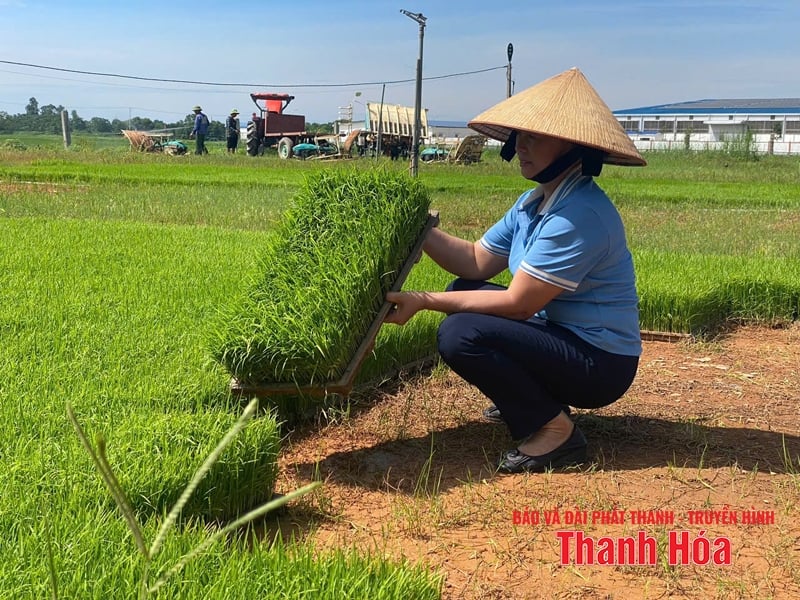






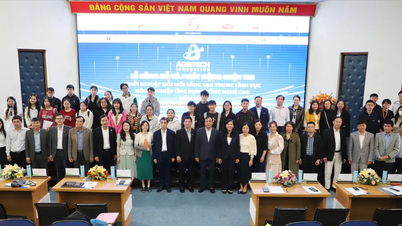

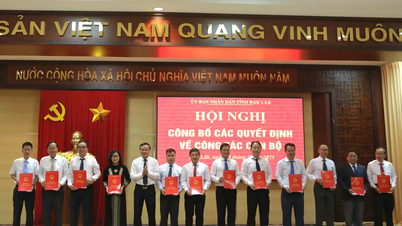


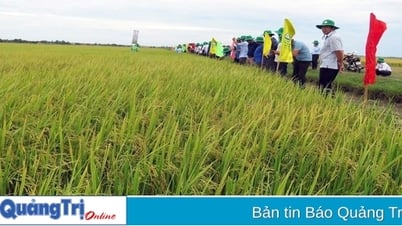





















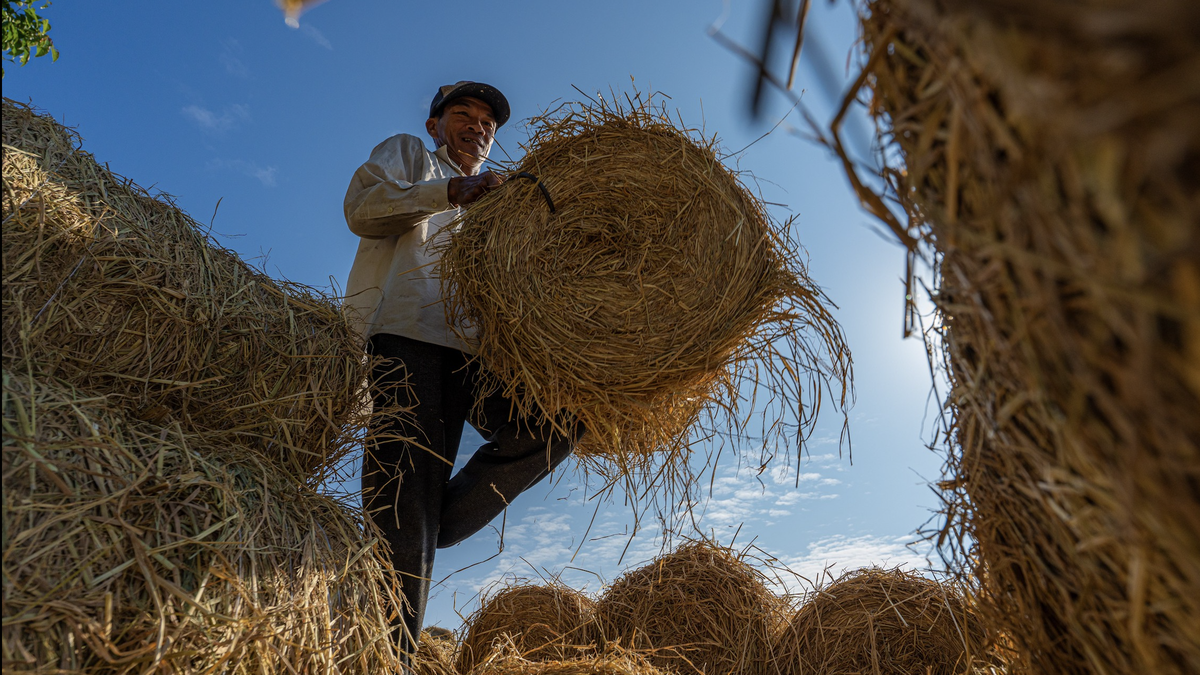
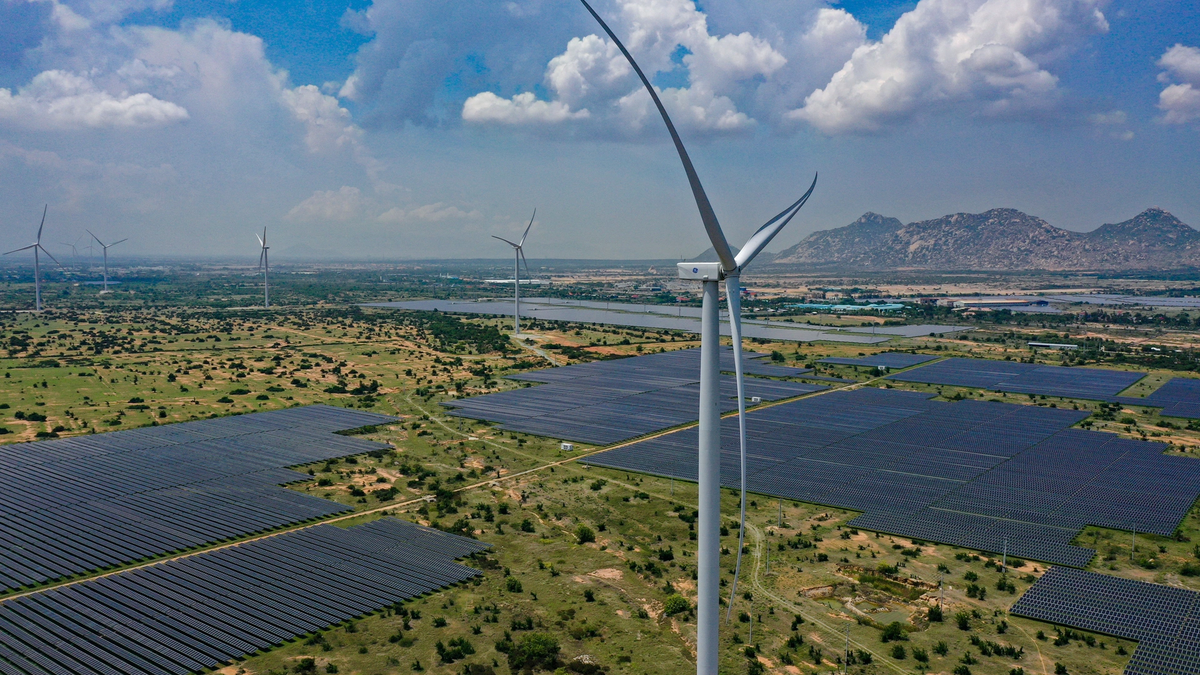




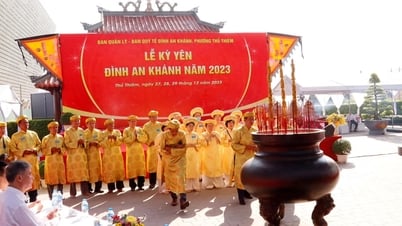




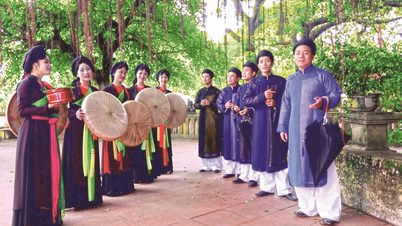

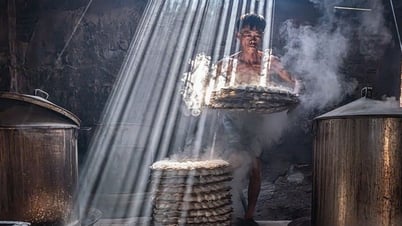





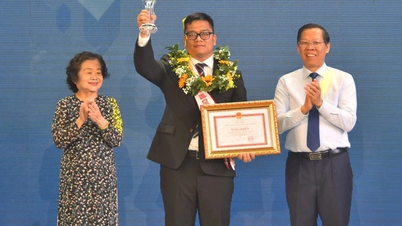













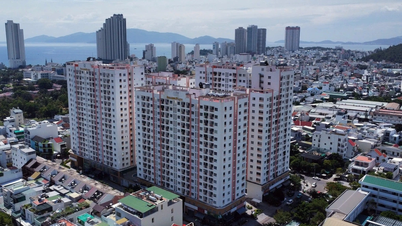





















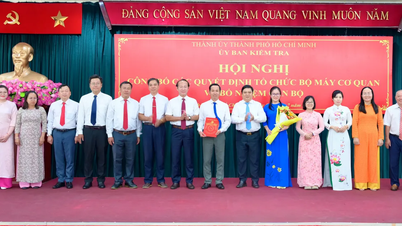
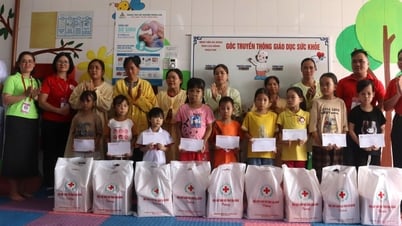

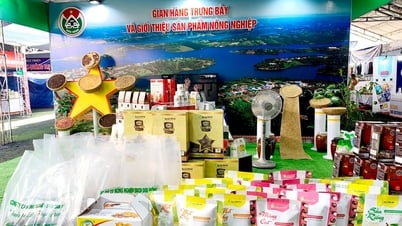

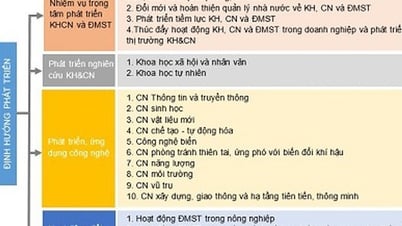


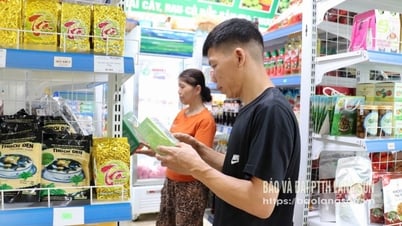




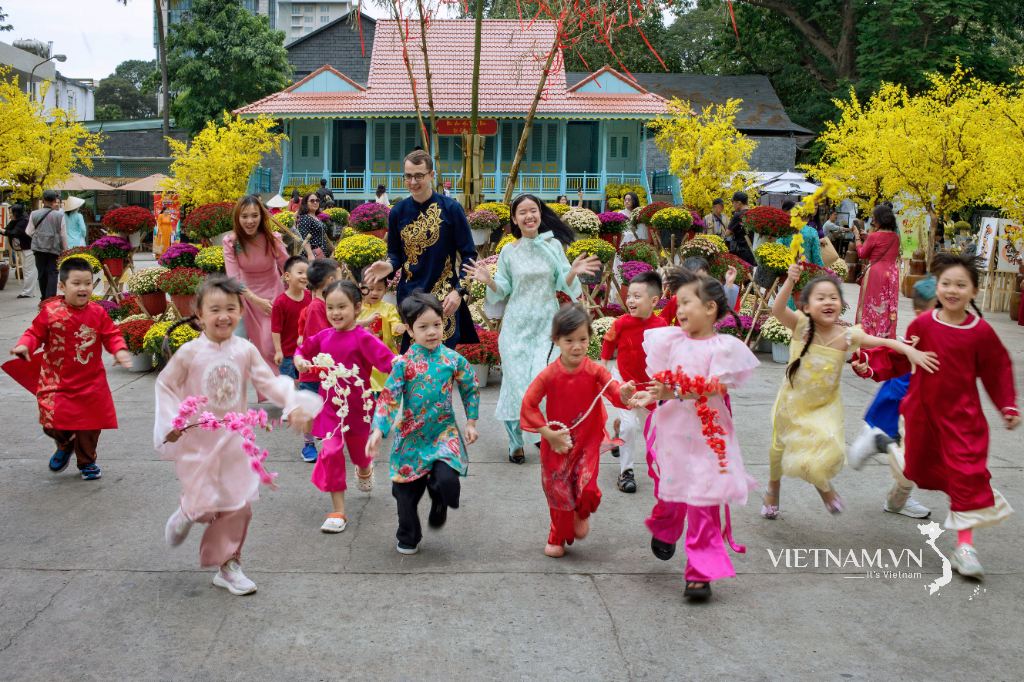
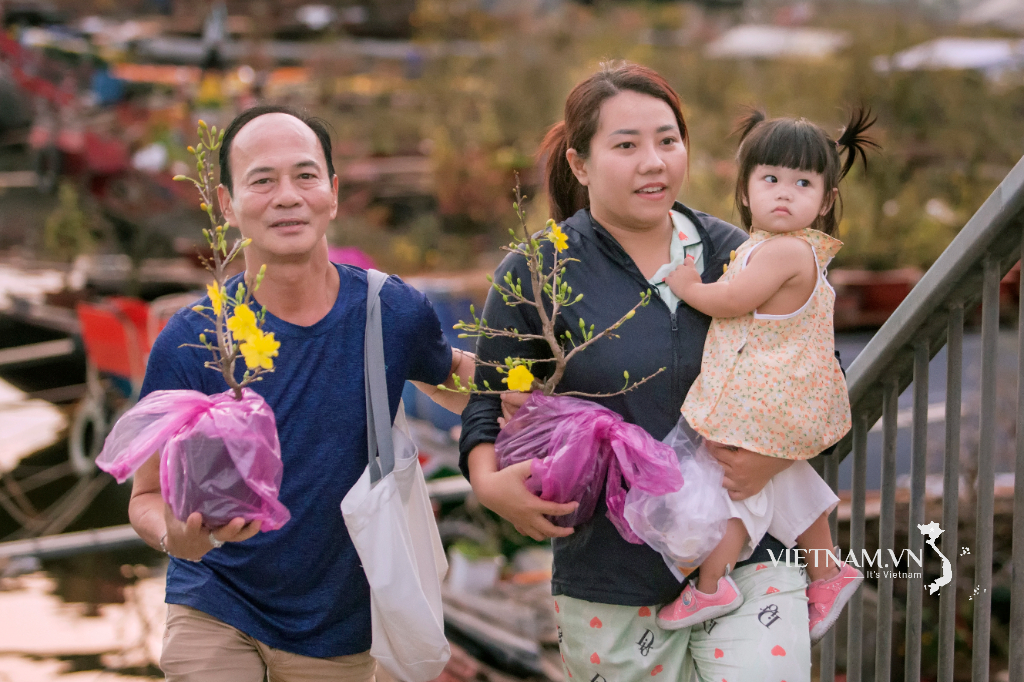
Comment (0)